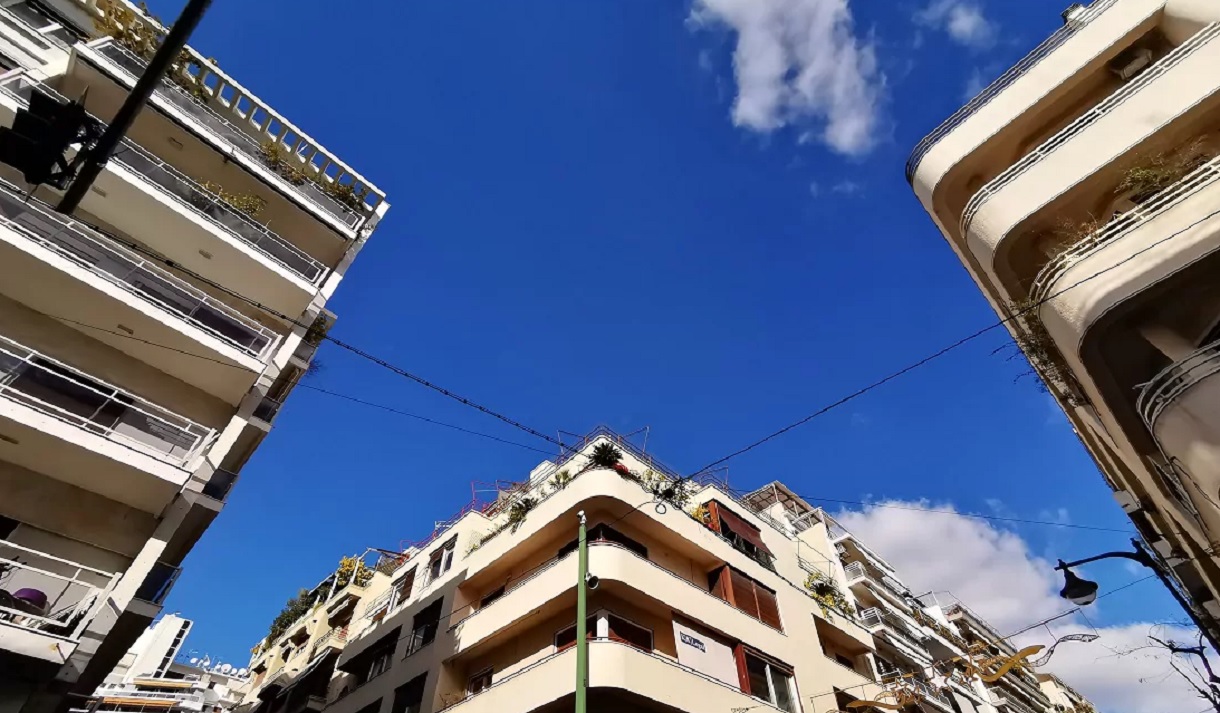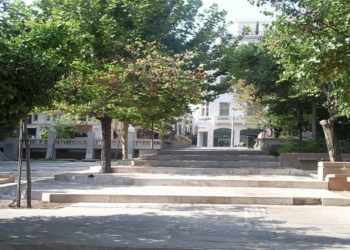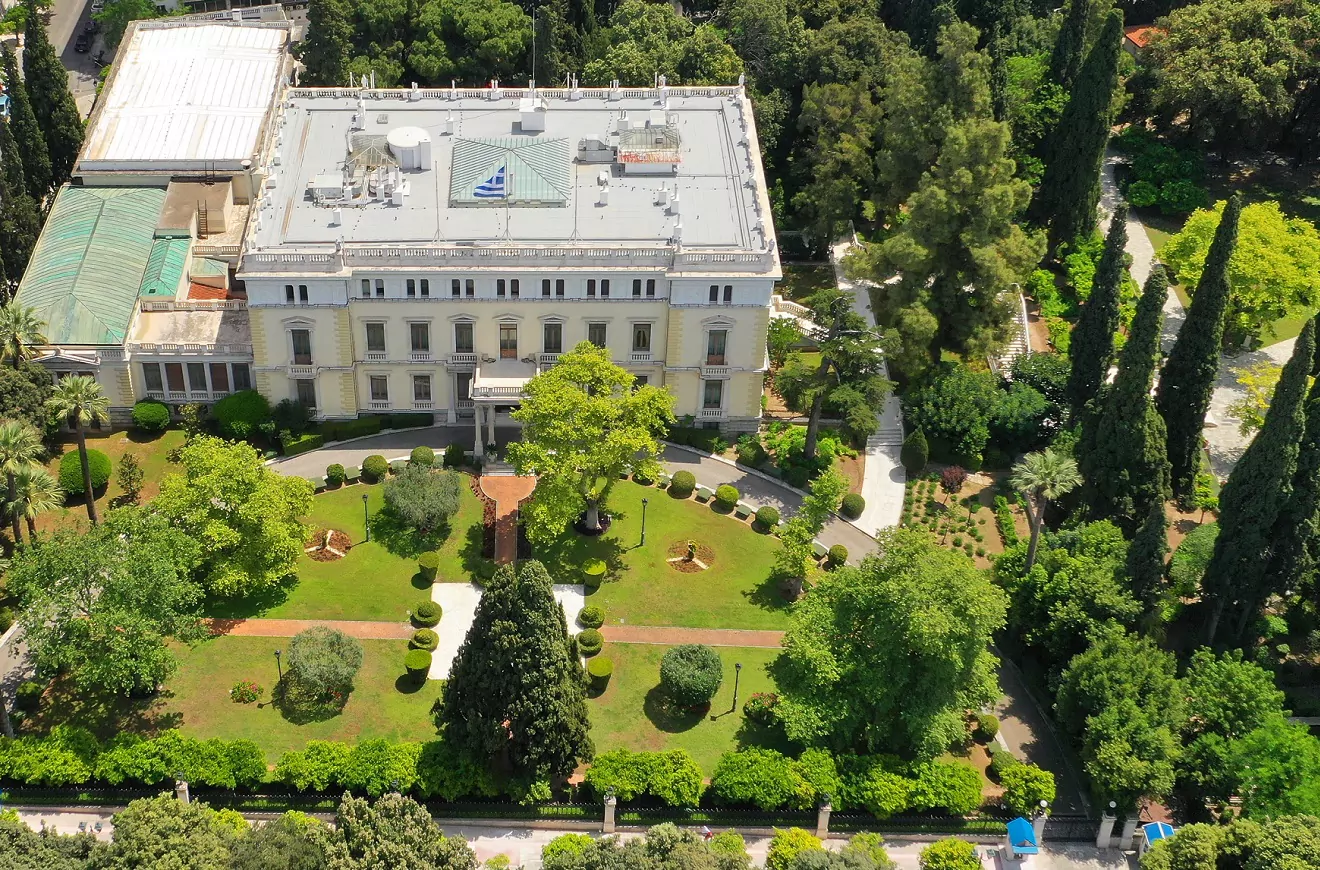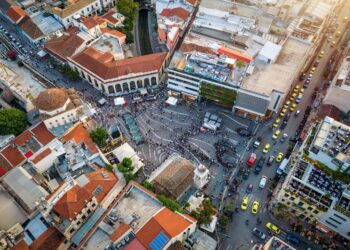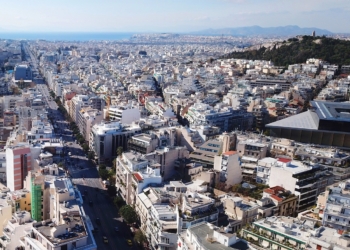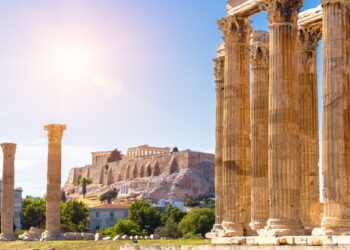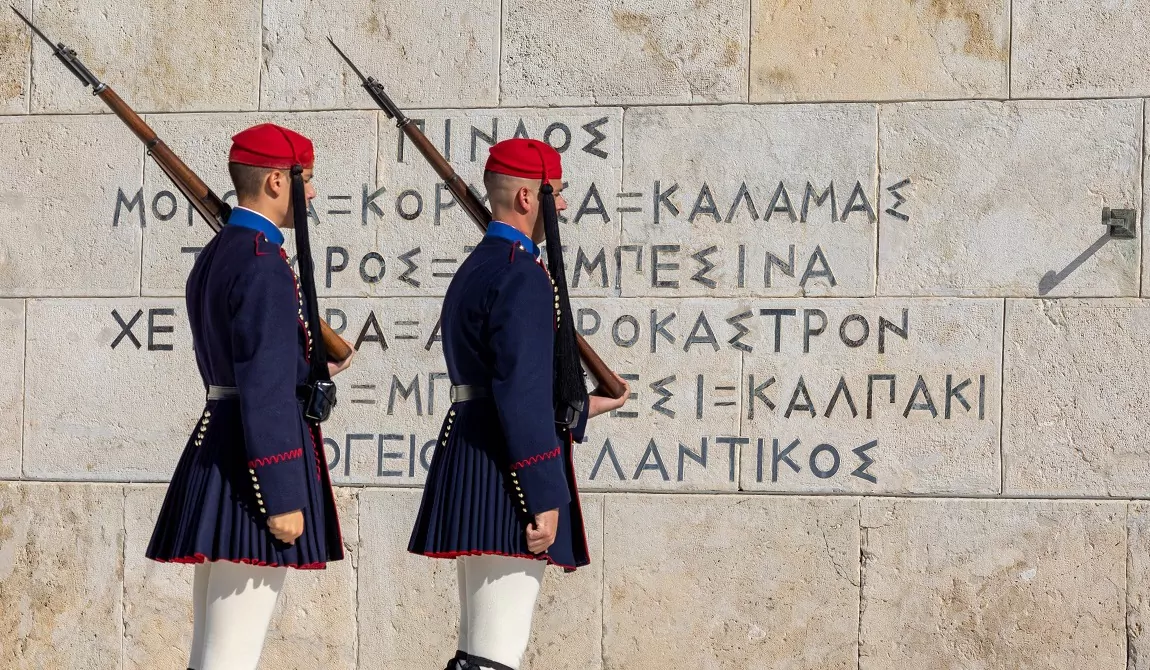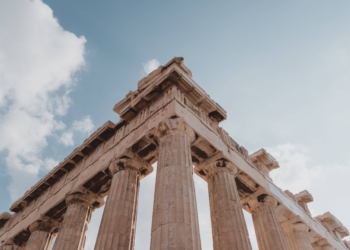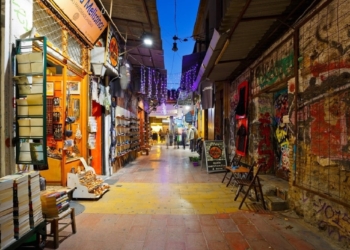Kolonaki, a district in Athens, is more than just a neighborhood for the affluent. It’s a treasure trove of history, boasting some of the most iconic architecture in Athens. This area, while sophisticated, is undeniably beautiful. The unique sights you’ll encounter in Kolonaki are unparalleled in the metropolis of Athens.
Exploring Kolonaki and Its Boundaries
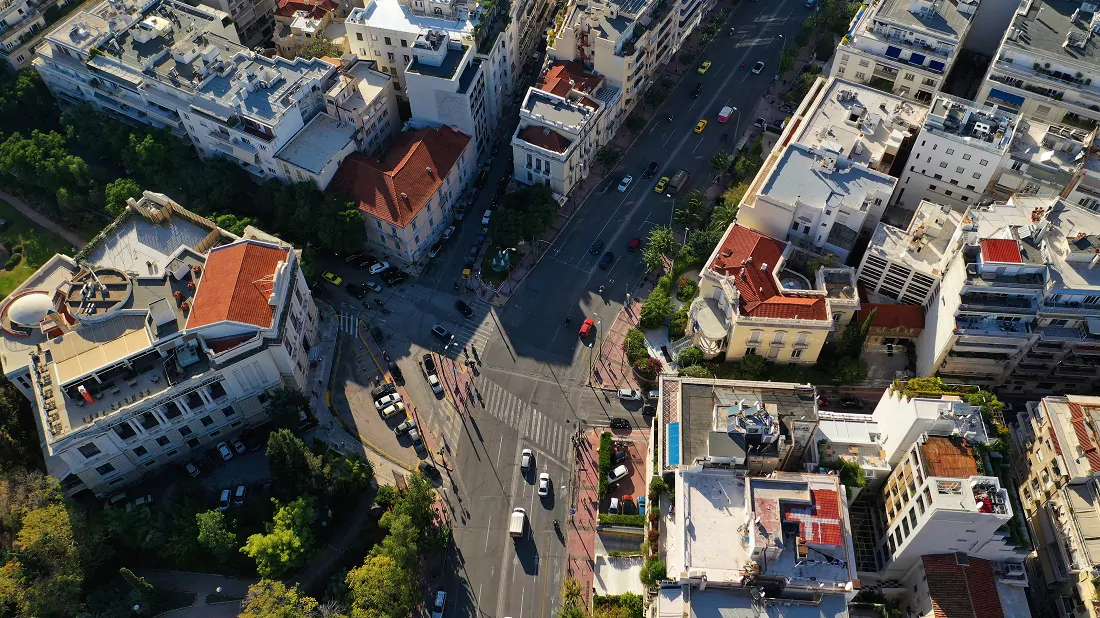
Geographically, Kolonaki is a district in Athens that spans from Panepistimiou Street in the east to the Concert Hall. It extends south to Vasilissis Sofias Avenue and northwest to Sina Street, up to the boundary of Asclepius, where the historic neighborhood of Neapoli Exarcheia begins. The heart of this luxurious district is Kolonaki Square, also known as ‘Filikis Etaireias Square’. A stroll uphill from Akadimias Street leads to a unique historical building at number 58, nestled in the capital’s core.
Originally, the square was named Vasilissis Olgas, adorned with plane trees and a municipal fountain. Today, it serves as the financial epicenter of the area, surrounded by shops, offices, businesses, restaurants, and entertainment venues. Its current name is a tribute to the Friendly Society members Skoufas, Tsakalof, Xanthos, and others for their contributions to the 1821 struggle.
Kolonaki: Tracing its Name and Historical Evolution
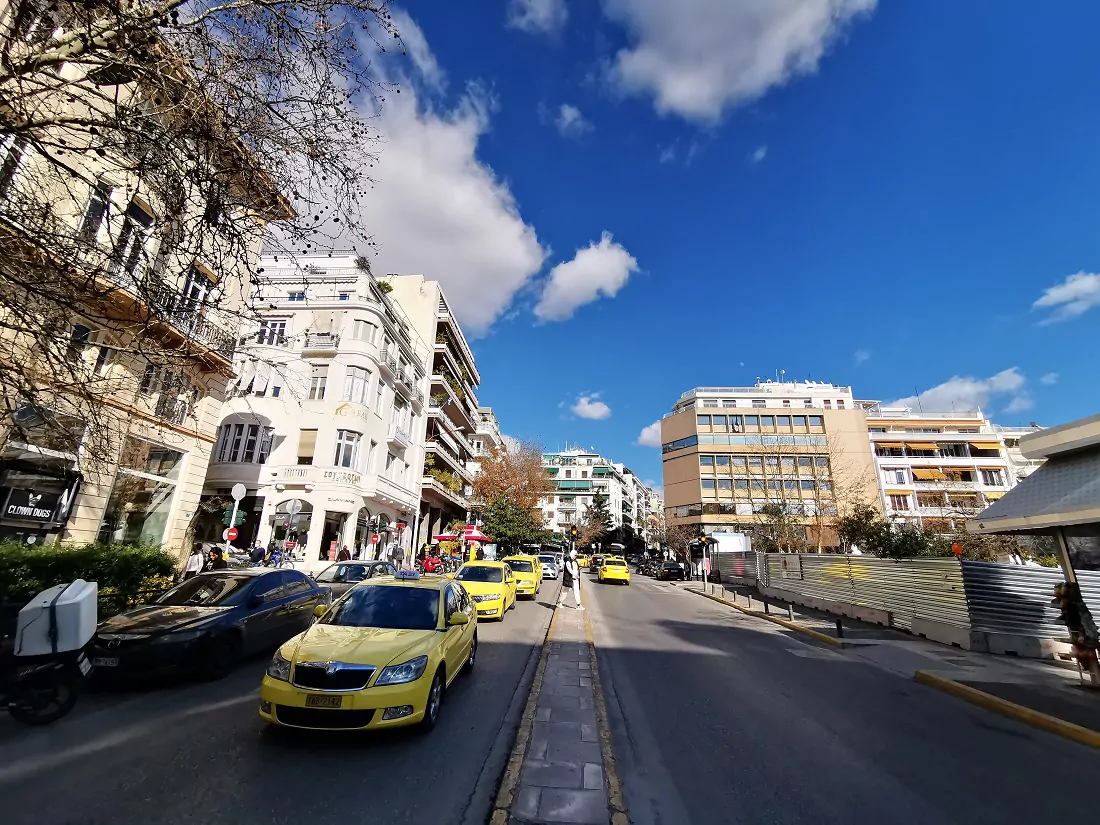
Kolonaki, a district in Athens, derived its name from an old marble pillar, two meters tall and 30 centimeters wide, discovered in the area and relocated to the central square in 1938. This pillar, or ‘bollard’, was a significant part of Athenian rituals during the Middle Ages, set up at the end of processions performed to ward off epidemics and calamities. Similar bollards have been found across Athens. Until 1834, Kolonaki, like the rest of Athens, was a province filled with fields and pastures.
During the Turkish occupation, the uninhabited area was known as Katsikada or Katsikadika (goat pastures), serving as the city’s large pasture. The creation of the modern Greek state sparked its transformation into an aristocratic district, aided by its proximity to King Otto’s royal palace. This made Kolonaki a gathering place for high-ranking royal officials and Athens’ elite. From the late 19th century onwards, Kolonaki evolved into Athens’ most luxurious area, a status underscored by its stately residences in eclectic and modernist styles.
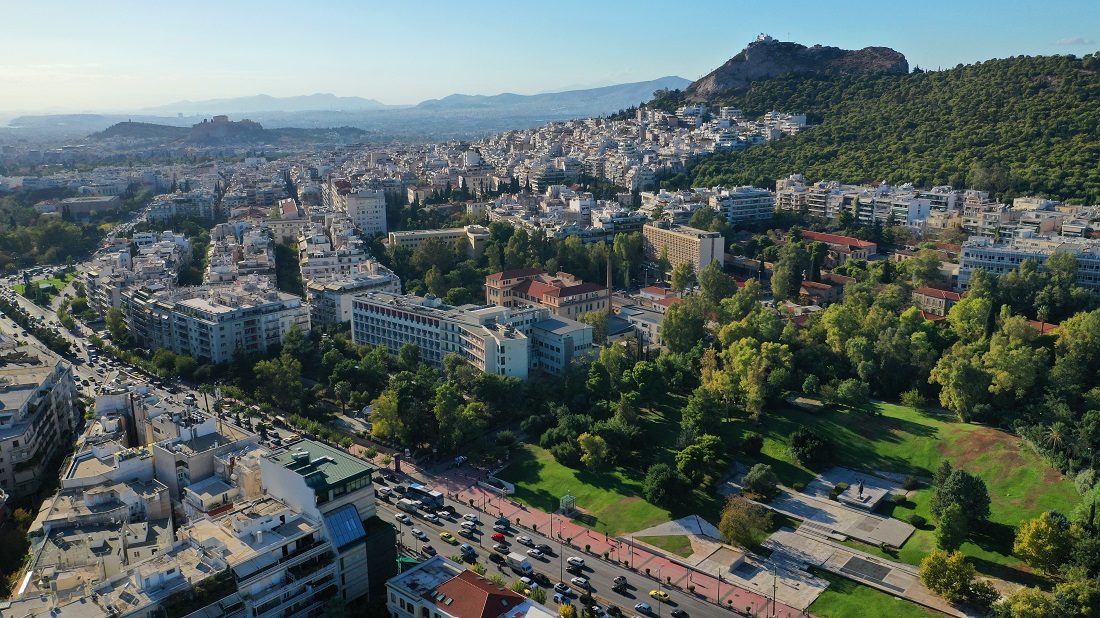
Kolonaki: A Historic Hub of Athens’ Elite and Artistic Brilliance
In the December period, Kolonaki served as the headquarters for the British military forces and the government of George Papandreou, under the command of British General Ronald Scobie. The EAMites nicknamed Kolonaki as “Skobia”. Prior to the war, the district’s significant economic and social disparity with its namesake, Kolonos, inspired numerous narratives about the area, eventually leading to the Greek film “People and Kolonaki”.
Post-war, Kolonaki became synonymous not just with Athens’ affluent and social elite, but also its intellectual and artistic community. Renowned personalities such as Varnalis, Papadiamantis, Manos Hadjidakis, Yannis Tsarouchis, Melina Mercouri, Alekos Sakellarios, Jenny Karezi, and Aliki Vougiouklaki chose to reside here or frequented the area. Vougiouklaki, a resident of the area, often convened with her famous contemporaries at the historic Zonar’s corner of Voucharestiou str with Panepistimiou ave. Kolonaki continues to be a hub of creativity and action, housing the studios of celebrated Greek fashion designers like Billy Bo, Tseklenis, Vasilis Zoulias, Vasilios Kostetsos, Lakis Gavalas, and Deux Hommes.
Kolonaki Today: The City’s Key Destinations
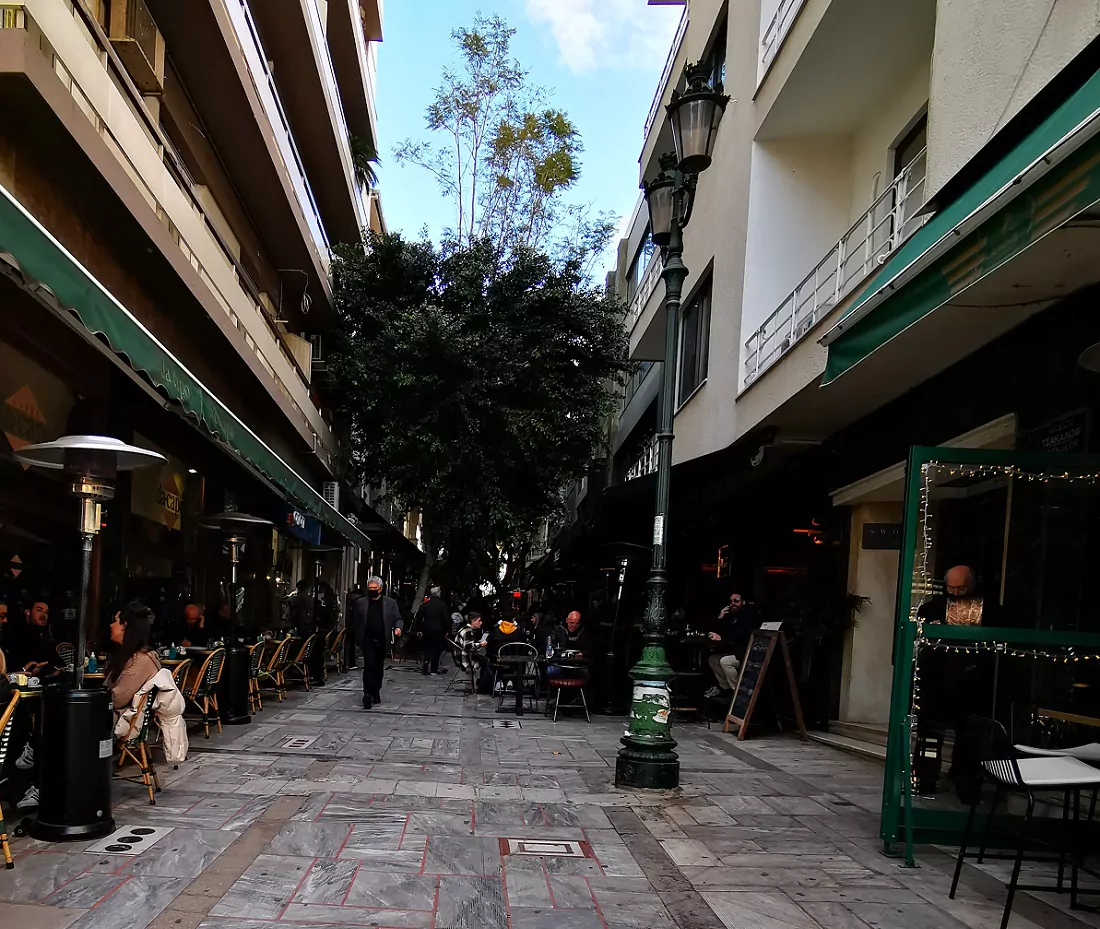
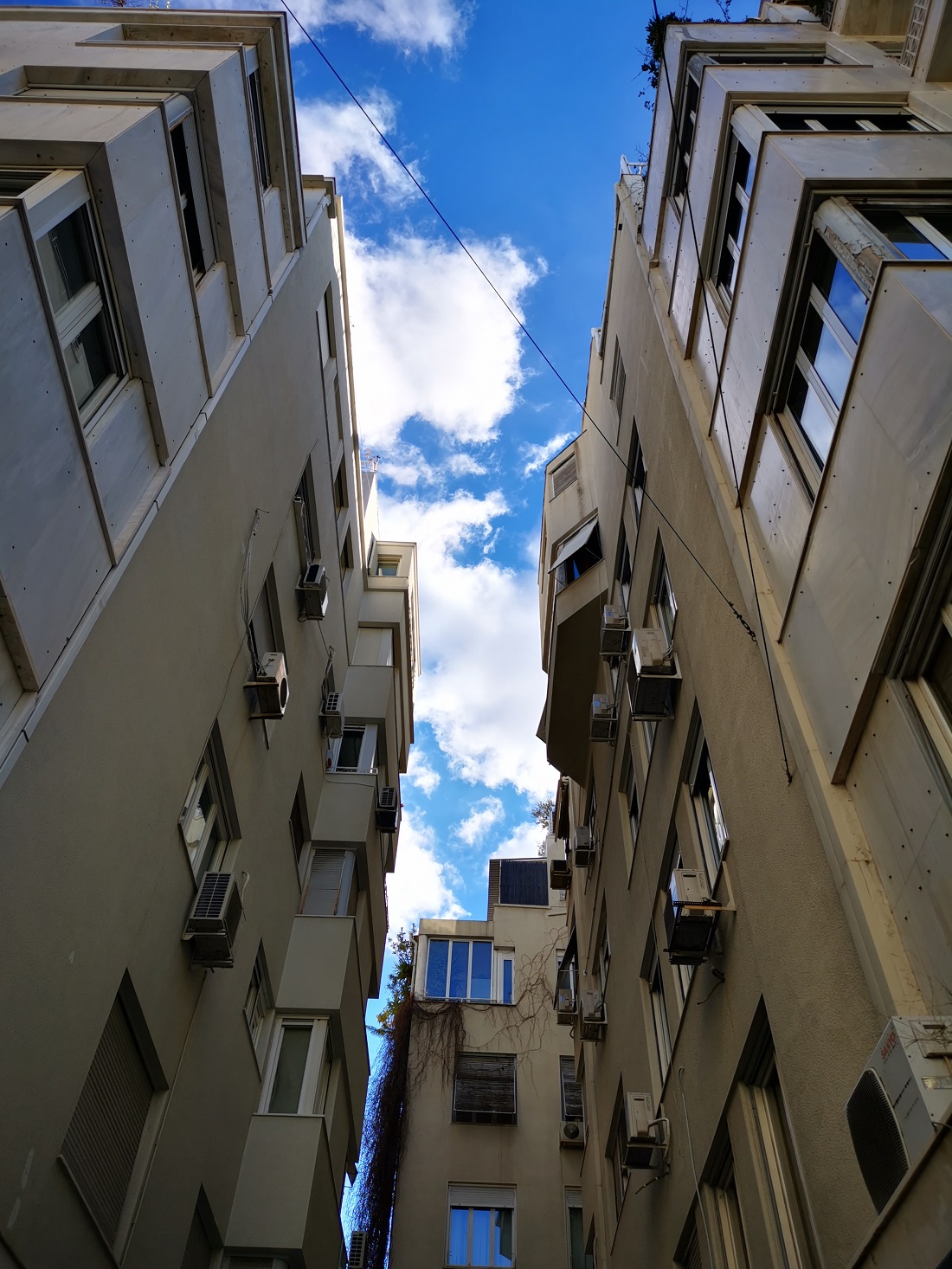

But also many of the embassies located here, such as Chile, Peru, Mexico, France, Egypt, Italy etc. are hosted in emblematic buildings of Athens. For example, the neoclassical house where Eleftherios Venizelos lived the last years of his life now hosts the residence of the British ambassador. But the most truly impressive building image will be taken from the emblematic private mansion, at the small 2 Lycabettus Square (also known as Skisti Petra Square). The four-storey neoclassical building, which looks wedged between the rocks and stairs and has permanent guarding, is the work of architect Ioannis Axelos.
Kolonaki: Exploring Dexameni and Lycabettus Hill
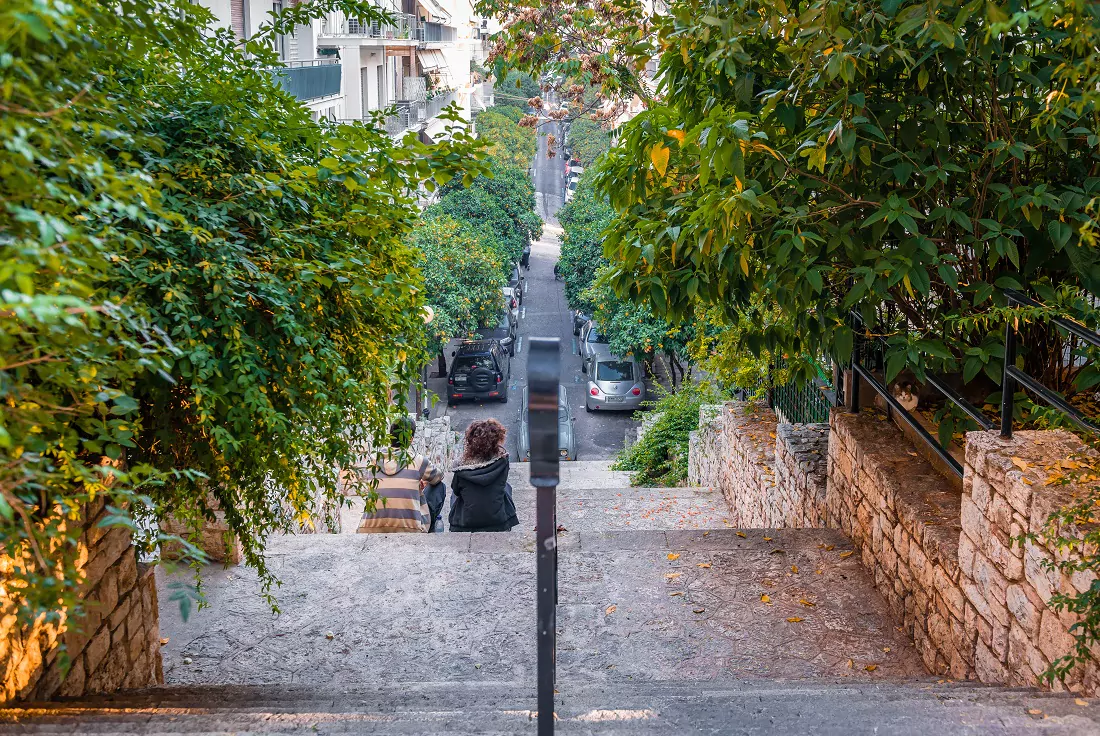
Dexameni Square, possibly the most picturesque in the area, holds a special place in the hearts of not only Kolonaki residents but also those from neighboring Lycabettus. Generously sized and situated in a beautiful location, it’s a lively spot. It’s home to a café-tavern, a popular hangout in Athens with tables set on a downhill slope and opposite sidewalks. It also features one of the city’s most beautiful open-air cinemas, a playground, and is surrounded by numerous poplar trees.
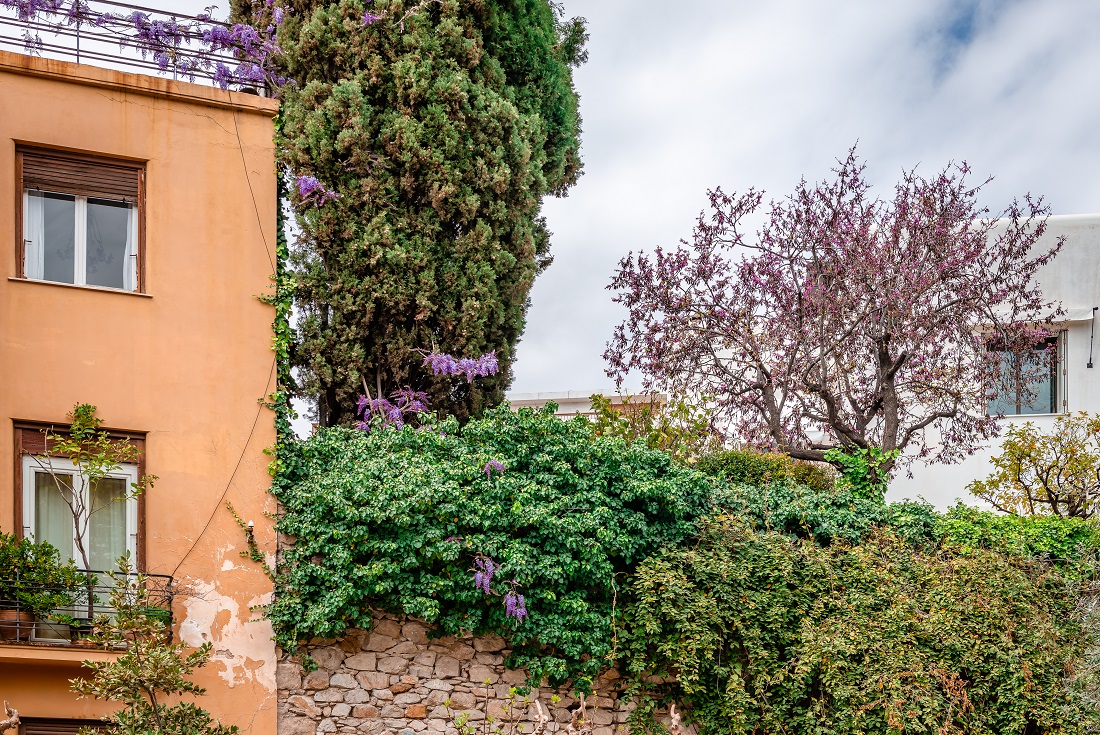
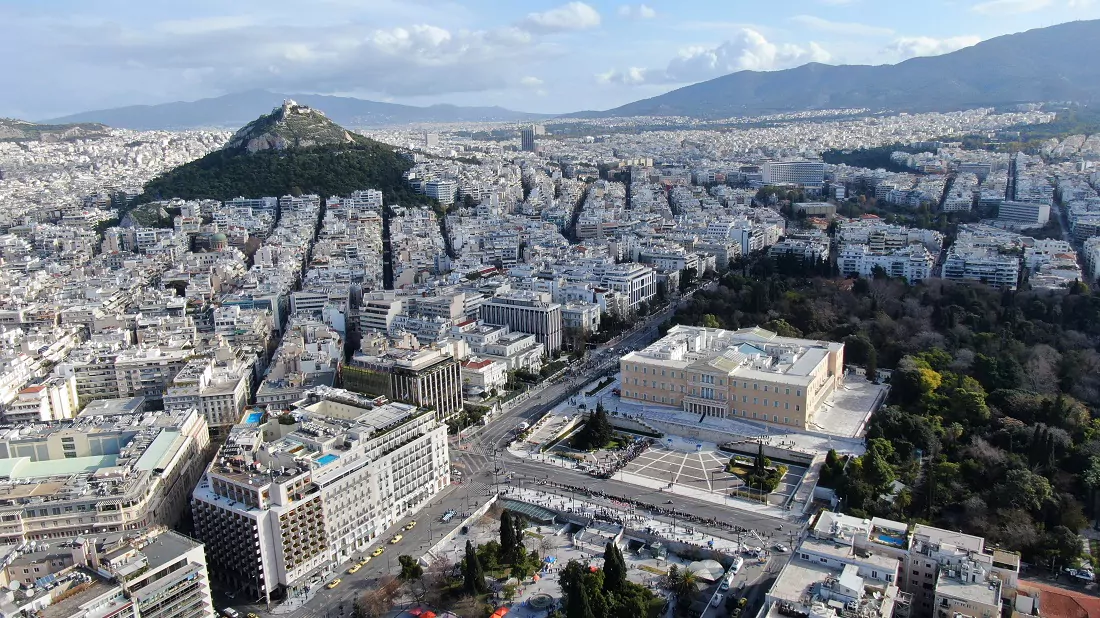
Kolonaki is renowned for its numerous museums, considered among the capital’s most important. These include the Benaki Museum, the Museum of Cycladic Art (Nicholas and Dolly Goulandris Foundation), the Byzantine and Christian Museum, the Kostas Kotsanas Museum of Ancient Greek Technology, and the War Museum. These institutions are not only significant for their collections but also for their architectural significance.
The emblematic buildings of Kolonaki
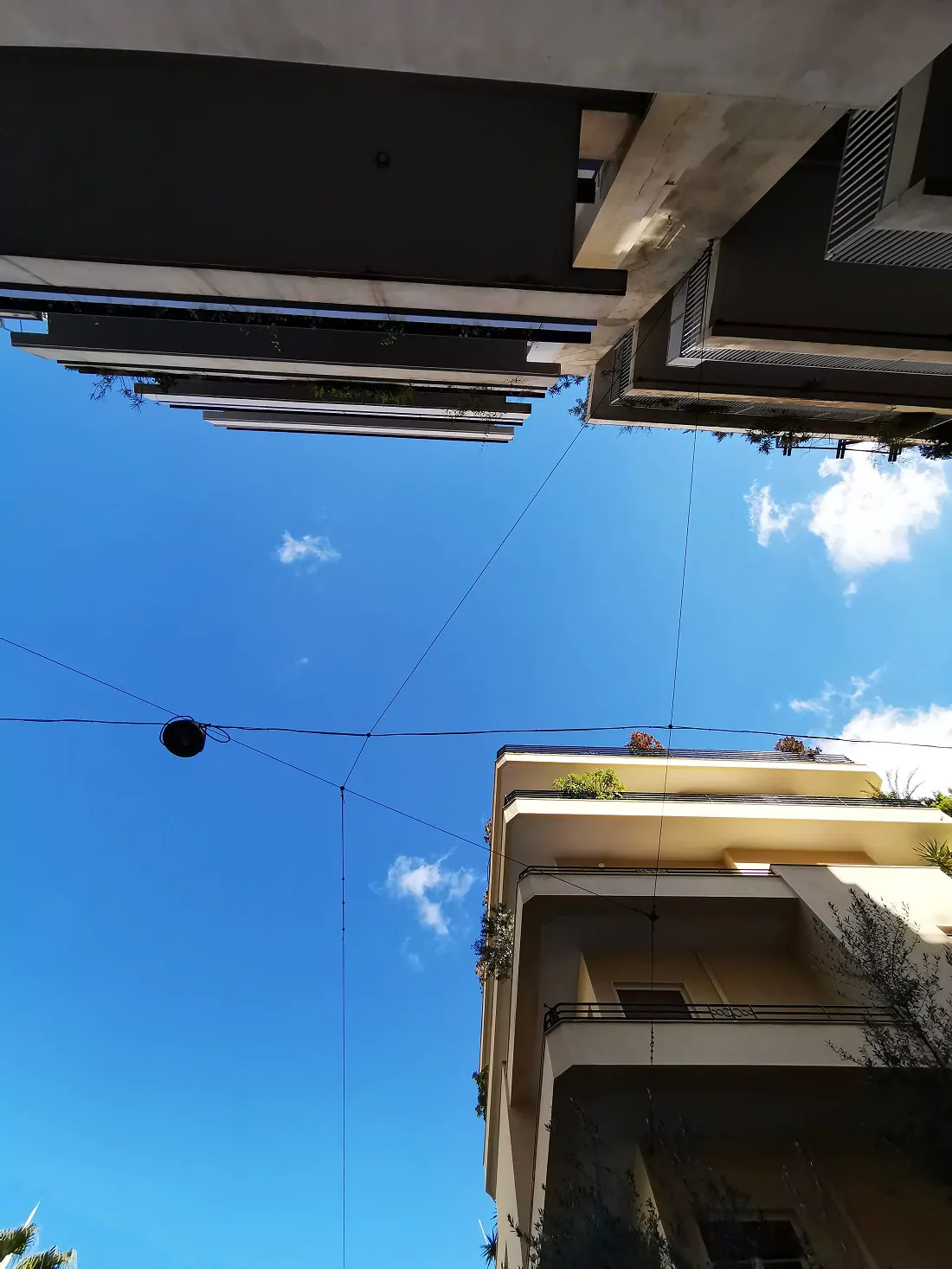
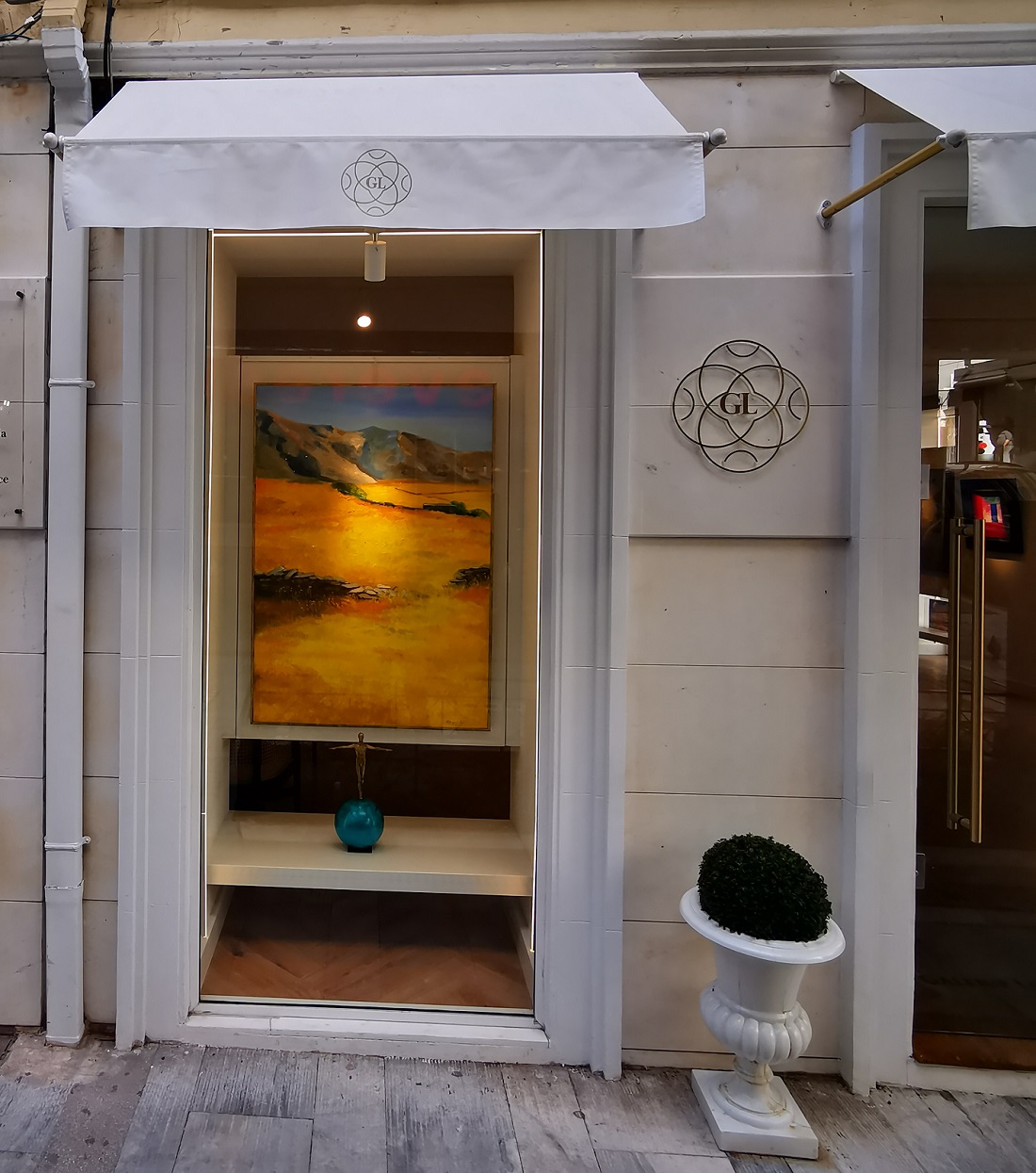
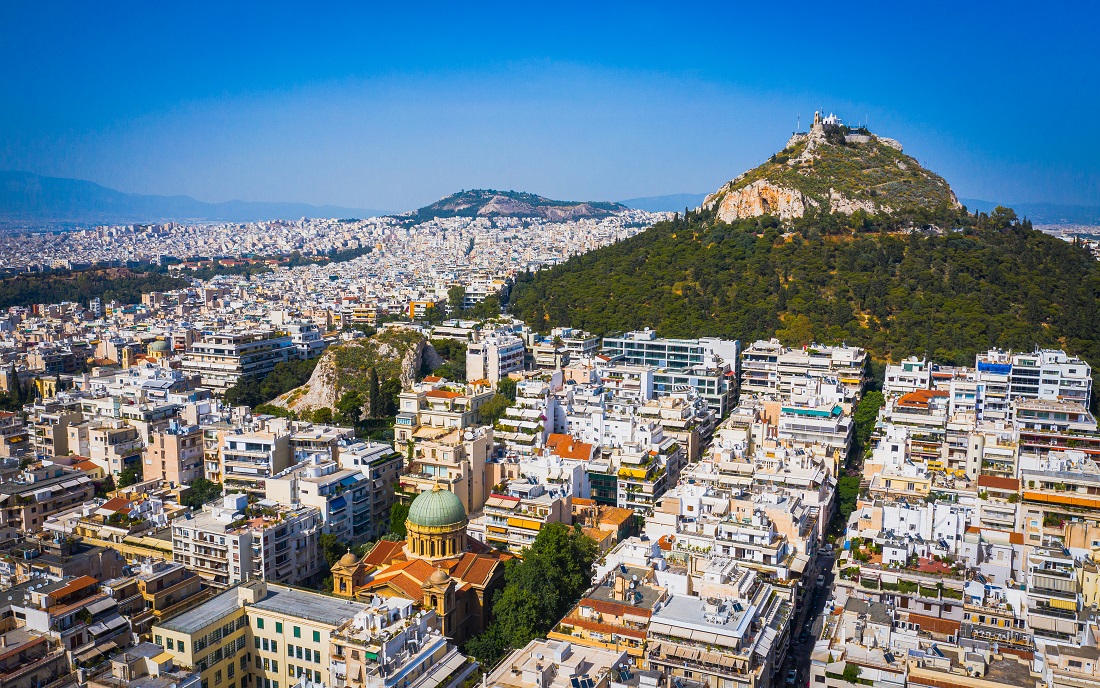
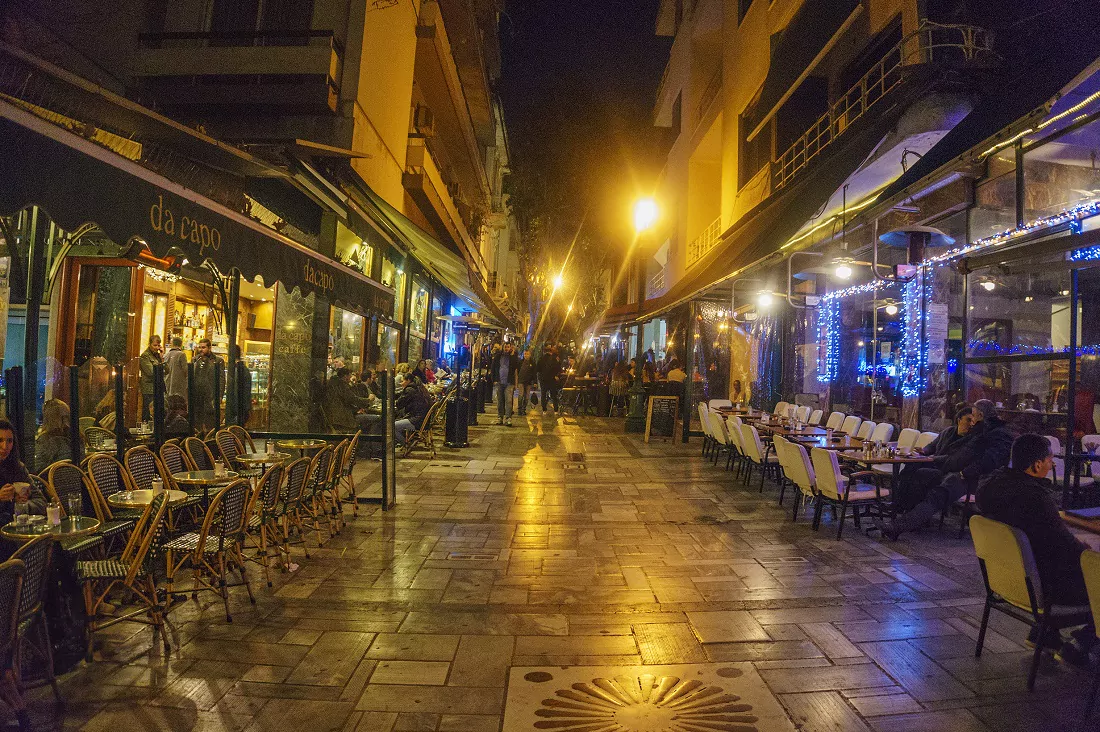
Skoufa Street, the square, and Voukourestiou Street form the vibrant hub of dining and entertainment in Kolonaki. Despite changes in ownership, Kolonaki maintains its mainstream appeal, offering intriguing options for food, drinks, and coffee. It’s home to iconic hangouts known for their celebrity parties, such as Rock and Roll and Ratka, the latter being a favorite of Elli Lambeti. These venues continue to be popular among Athens’ secular crowd. For a more casual experience, Cafe Da Capo in the square offers a chance to mingle with familiar faces from all over Athens, all while enjoying a coffee in a setting reminiscent of a European square.
Kolonaki: A Stroll to Remember
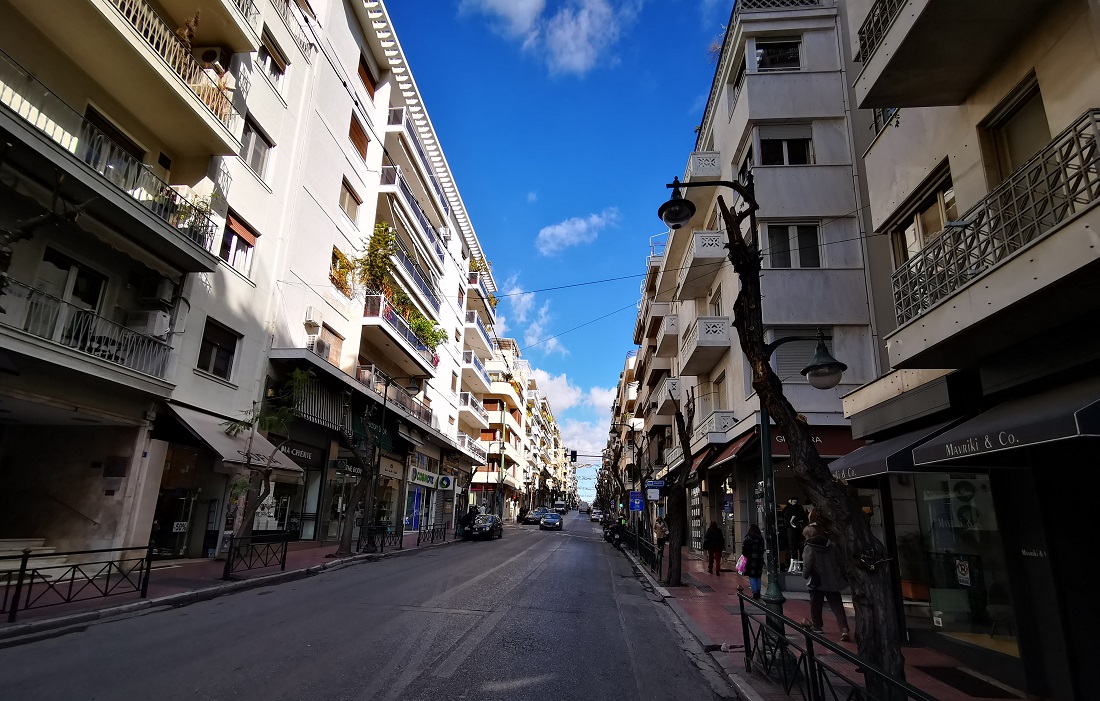
Patriarchou Ioakeim Street, stretching from the square to Evangelismos hospital, is lined with a variety of shops. From renowned shoe stores to quaint clothing boutiques, there’s something for everyone. The street is also home to a hotel featuring a café-bistro, restaurant, and a stunning roof garden that’s a favorite among many Athenians (Coco Mat). The street boasts bookstores with a fine selection of titles and a historic shop from 1937, a branch of the Kostarelos cheese factory.
In essence, even if you’re not looking to make a purchase, a stroll along this street to admire the beautifully maintained storefronts is well worth it.
Travel to Greece – Google News – Follow us
Read Also:
Agios Andreas: The only Gothic-style Orthodox church in Greece
Museum Cafés: Five suggestions for meetings in wonderful surroundings
Areas of Athens that changed their names over the years


